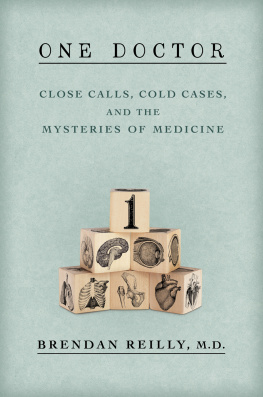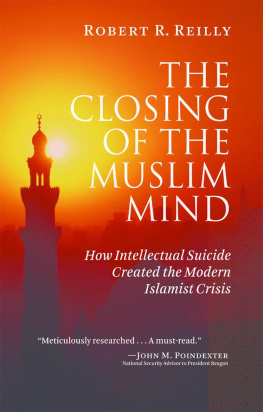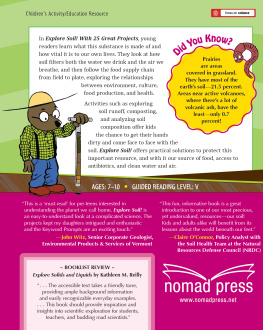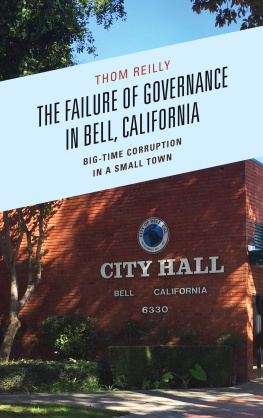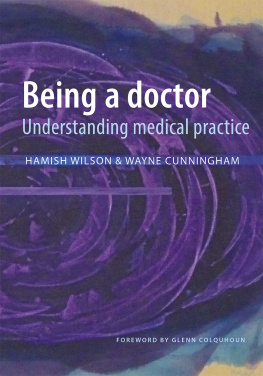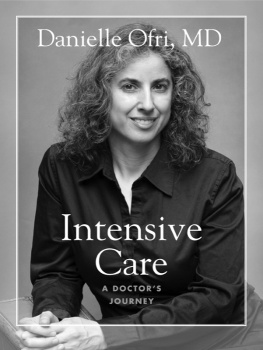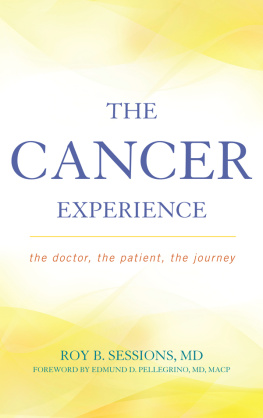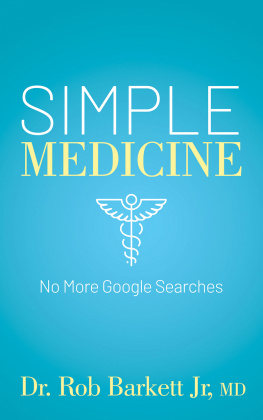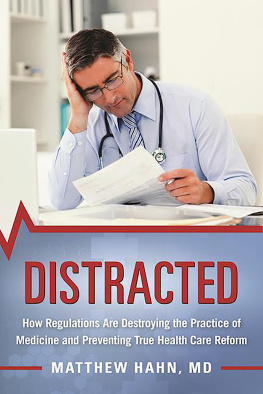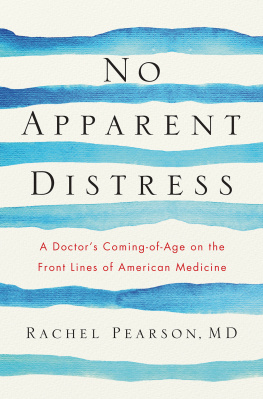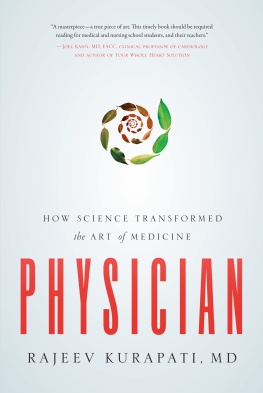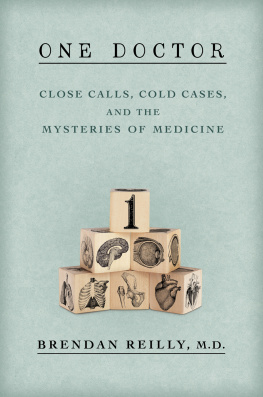Thank you for downloading this Atria Books eBook.
Join our mailing list and get updates on new releases, deals, bonus content and other great books from Atria Books and Simon & Schuster.
C LICK H ERE T O S IGN U P
or visit us online to sign up at
eBookNews.SimonandSchuster.com
CONTENTS
This publication contains the opinions and ideas of its author. It is intended to provide helpful and informative material on the subjects addressed in the publication. It is sold with the understanding that the author and publisher are not engaged in rendering medical, health, or any other kind of personal professional services in the book. The reader should consult his or her medical, health, or other competent professional before drawing inferences from the book.
The case histories included in this book are based on the authors experience with his patients. Names and certain personal information have been changed.
The author and publisher specifically disclaim all responsibility for any liability, loss, or risk, personal or otherwise, that is incurred as a consequence, directly or indirectly, of the use and application of any of the contents of this book.
For: Brendan and Kristin (and Chi-town); Caitlin and Christopher (and Beantown); Colin and the wee one (and their tomorrows);
and
Janice, now and always.
INTRODUCTION
Live a simple and temperate life, that you may give all your powers to your profession. Medicine is a jealous mistress; she will be satisfied with no less.
Sir William Osler (1904)
Despite this famous advice from a legendary physician, most doctors dont live a simple life. All of us, seduced at an early age by Oslers mistress, conduct our own lifelong affair with medicine. This book is about mine.
One Doctor is a true story about real peoplemost of which took place during two weeks in the winter of 2010. It recounts, in sometimes intimate detail, my doctoring of patients in the wards, emergency department, and intensive care unit of a renowned teaching hospital in New York City. These experiences exemplify many of the challenges doctors and patients face today in the dramatic, high-tech world of modern medicine. But doctoring has changed, not just since Oslers time but during my own time, too. For this reason, my story flashes back to long ago when I worked as a primary care physician in a small New England town. There, I did a different kind of doctoring, now largely forgotten or obsolete, when physician-patient relationships were deeper and more enduring than in todays provider-consumer medical culture. This differencethe contrast between doctoring then and doctoring nowlies at the heart of my story. It is a cautionary tale, but a hopeful one, too.
My story is unusual in three ways. First and foremost, I am a dinosaur, an old-fashioned internist, a species of doctor on the verge of extinction. Although every doctors perspective is unique, mine reflects the passing of a notable era in medicine. During my career, doctors like me served not only as their patients primary care physician but also as an expert in the many subspecialties of internal medicine. As Osler did in his time, we cared for our patients whenever they needed us, day or night, and wherever they werein the office or intensive care unit, in nursing homes and in their own homes. Such a task, daunting in the past, is impossible today. Medicine has changed irrevocablyon balance, I believe, for the betterand I harbor no hope of saving dinosaurs like me. But I am convinced that, as medicine continues to evolve, future doctors (and their patients) will do well to remember my medicine, my mistress. She is a goddess, her power and charms divine. But, like Oslers mistress, she is also a gadflya principled, perfectionist pain-in-the-asswhich my profession (and, I believe, modern society) can ill afford to lose. It is her spirit that I try to capture, and preserve, in this book.
Second, I tell my story in an unconventional way, in the first person in real time. I describe my own actual in-the-moment, minute-to-minute experiences as seen through my own eyes. With this you-are-there approach, I try to bring the reader inside one doctors world; I try to show younot merely tell youwhat I do, how I do it, what it feels like. In recent years, many people have told storiessome with happy endings, some notabout their experiences as a patient in the U.S. health care system. This book tells the doctors side of those stories, up close and personal.
Finally, an accident of timing motivated me to write this story. The events came together when disparate challenges in my own lifepersonal and professional, past and presentcollided at one serendipitous point in time. This collision happened when challenges facing me mirrored similar ones facing my profession and my country. Most of the patients you will meet in these pages are older people with chronic diseases (including my own ninety-year-old parents) who dont have one doctor and who exemplify stormy issues roiling medicine today and for the foreseeable future. I focus on these patients (who, for various reasons, required urgent medical care) because most of usyou and I and our loved oneswill be one of them someday. Not only do these folks comprise the great majority of patients whom I (and most doctors) see today, they also consume the lions share of all U.S. health care resources. One cannot begin to understand modern American medicineor, increasingly, medicine around the globewithout understanding the challenges (and rewards) of doctoring such people.
I interrupt my story occasionally to comment briefly about its historical background or future implications. These commentaries claim no special expertise about their subjects (each of which could justify a book of its own); rather, their purpose is to deepen the readers understanding of my story. To paraphrase Hamlet, in this book the storys the thing: What actually happened to me and my patients during the time described was the wellspring for everything written here. For this reason, just as one physicians experience could never embrace the full sweep and complexity of modern doctoring, this book addresses only some of the many contentious issues facing medicine today.
Whether my story will, as Hamlet hoped his own would, catch the conscience of the King is for you to decide. As I write this, politicians and policy makers in the United States are debating the form, function, and financing of smart new models of accountable health care. (Sadly, medicine has become increasingly unaccountable; today, it is often unclear who is responsible for the inexplicable way patients are treated.) Little good can come of these promising new ideas unless doctors step up, help to make them right, and take responsibility for implementing them well. But doctors cant do this alone. Ultimately, it is youour patients, the body politicwho will be decisive in these matters. Thats why Id like you to meet my mistress and learn more about her kind of doctoring.
All true tales contain errors. I have tried hard to minimize my own. All persons, events, and settings depicted here are factual. Most names and a few details have been changed to protect individuals privacy or their confidential medical information. Reproduction of conversations is approximate, not verbatim, as best my memory allows. Any other misrepresentation of actual fact is unintentional.
That said, let the story begin.
PART I
NOW
Not every patient can be saved, but his illness may be eased by the way the doctor responds to himand in responding to him, the doctor may save himself.... It may be necessary to give up some of his authority in exchange for his humanity, but as the old family doctors knew, this is not a bad bargain.... The doctor... has little to lose and much to gain by letting the sick man into his heart.
Next page
